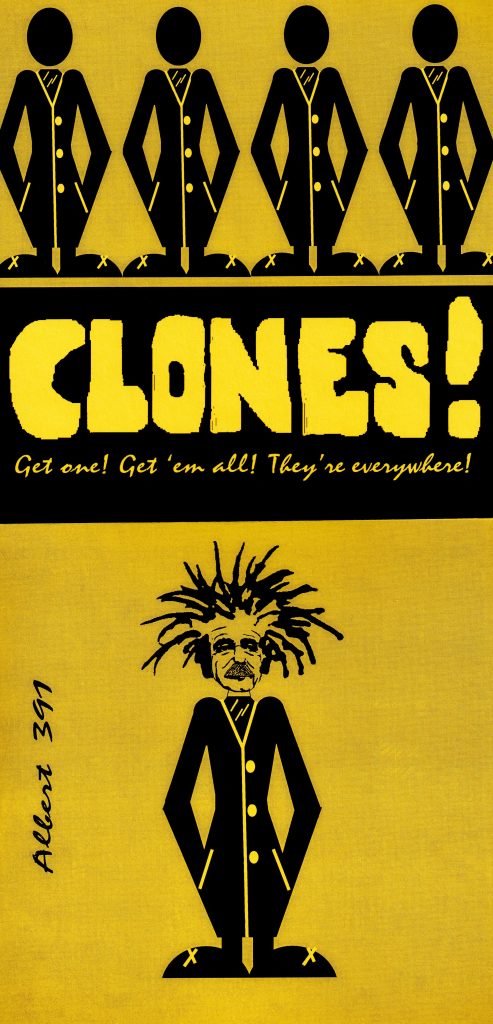Time got off to a big bang approximately 13.7 billion years ago, and what a huge difference it made in the universe! It spread everything out and kept everything from happening all at once, cutting down on all the chaos and confusion that had been going on previously. In fact, there wasn’t even a “previously” or a “before then” before then, which still causes some people hours upon hours of consternation.
After humans came on the scene, ways to measure time kept improving, and things got along fairly well, until trains were invented that could move between one place and another so fast that it started causing all kinds of confusion again.
Because time wasn’t well standardized from place to place, people were finding they were arriving before they left, and physicists were beginning to complain because it didn’t fit their delicate theories. When one man arrived in Albany, NY before his parents had first met and accidentally killed his father, it caused quite a stir when he vanished without a trace. In order to appease the physicists and the subsequent campaign launched by the vanished man’s wife, time was finally standardized into Time Zones across the world. The only downside was the proliferation of all those mathematical word problems about different trains leaving different places at different times and traveling different speeds to determine when they would meet. These problems had previously been unsolvable, and, now that they could be solved (and because there were so many of them), America’s school children were tasked with the job of working all of them out.
From the beginning of time until 1905, time was getting measured more and more precisely while, at the same time, it was increasingly standardized. Just as it looked like people were getting a really good handle on it, Einstein came along with his Theory of Relativity and tried to screw everything up all over again. He explained how it was that the faster you moved, the less time it took (which everybody had always suspected), and how if you moved really fast, everybody else would get older before you did (which was a big surprise). Fortunately, hardly anybody understood what he was talking about and most people agreed it wasn’t a very practical thing to get too concerned with in the day-to-day world. The end result was that no one got rid of their timepieces but everybody did start moving a lot faster.
As time went on, wind-up watches were invented and people were finally able to learn the difference between taking a shit and winding their watch. It was a new dynamic paradigm to consider that no one had contemplated before, and new metaphors sprang up almost overnight. After years of philosophical consideration, “Shit Happens” became the phrase that best summarized this sublime conceptual relationship between time and feces.
With the advent of the Timex watch, time could now be measured more reliably than previously, even when it was dropped off a cliff or shot out of a cannon. Time was quickly becoming more durable as well as more portable and exciting.
One of the ways it became more exciting was from the discovery of Daylight Savings Time by Benjamin Franklin. Franklin noticed that if he set his clock an hour ahead, the sun would set an hour later and he could get more work done in the evening. This new flexibility made time more versatile and, although actual experiments with Daylight Savings Time weren’t conducted to confirm his discovery until the 20th Century, the people of London named their biggest clock after him in appreciation (Big Ben). It just shows that Ben Franklin was both figuratively and literally, a man ahead of his time.
Today, you can find time almost everywhere and people are paying more attention to it than ever before. Since its introduction, it has never gone out of style and its popularity has never been greater. Its usefulness has only expanded and nothing has ever come along to take its place. In our fast-paced modern world, time has become such an important part of our lives, few of us could get through a single day without it.

